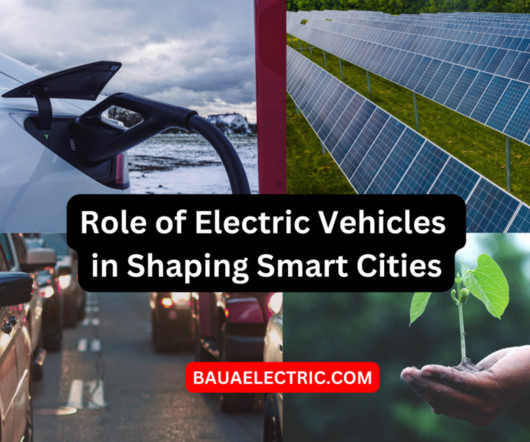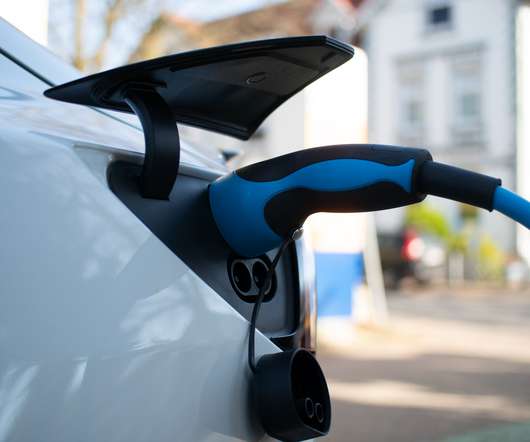Audi unveils e-gas project: synthetic methane from the methanation of green hydrogen; series production of CNG models in 2013 powered by e-gas
Green Car Congress
MAY 13, 2011
Audi will supply three sources of green energy in the scope of the e-gas project: electricity, hydrogen and methane gas. The e-gas project consists of two main components: Audi is contributing to the construction of offshore North Sea wind turbines which will generate clean power,that is then fed into the public power grid.















Let's personalize your content